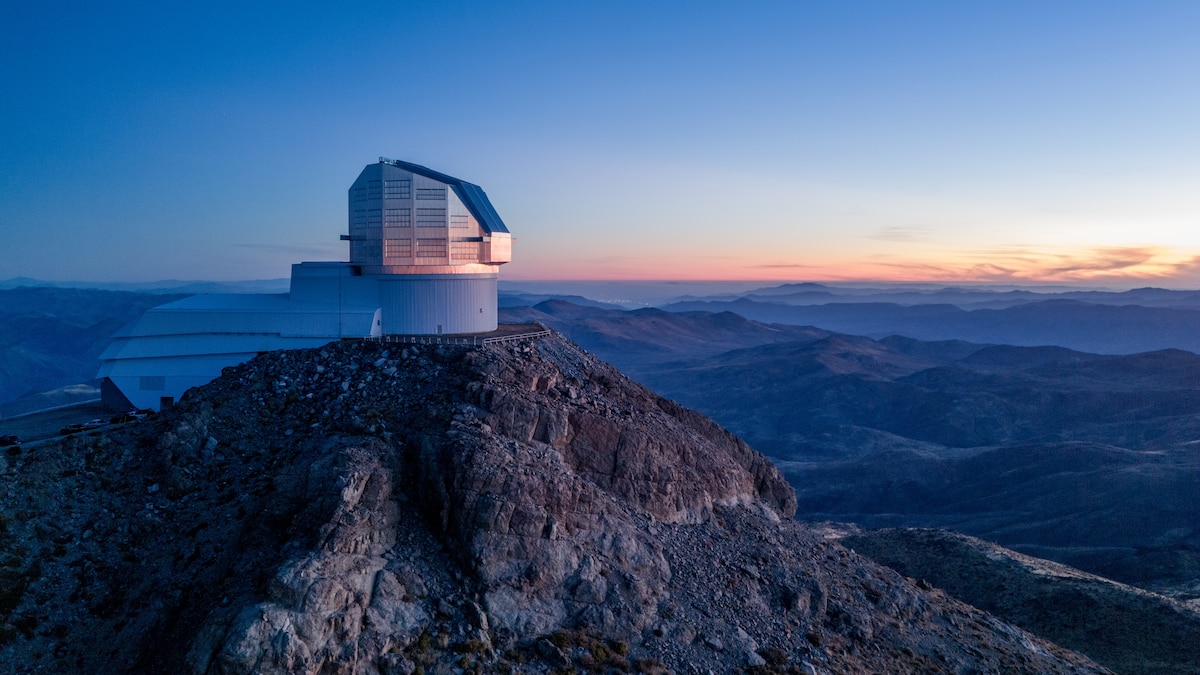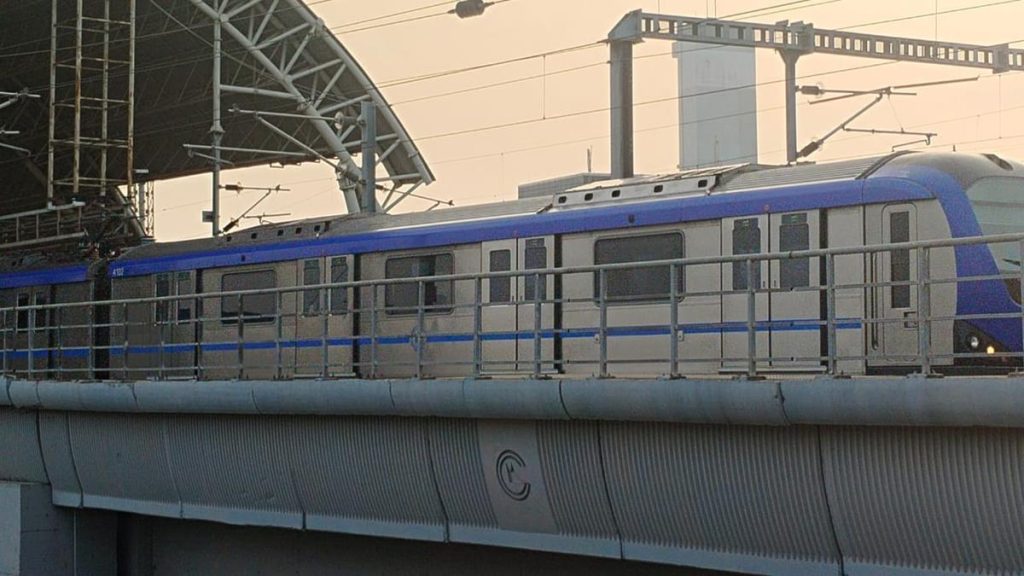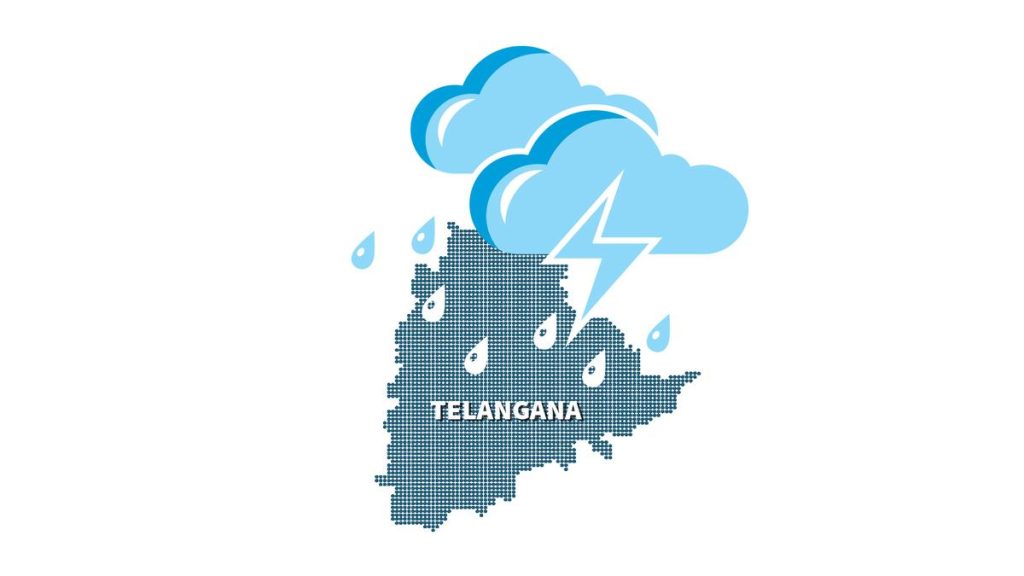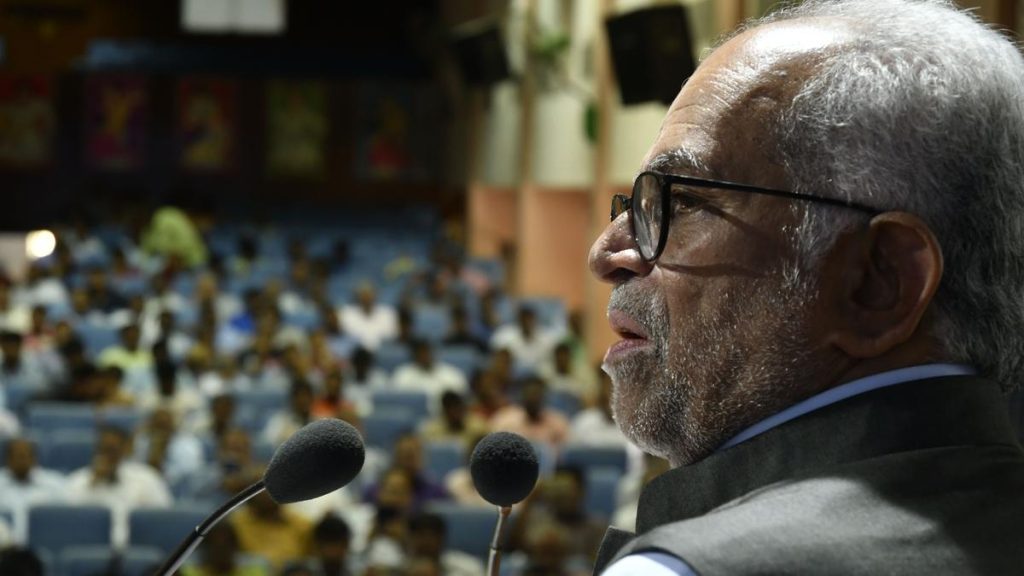Now Reading: Top 4 Cosmic Mysteries the Vera Rubin Observatory Aims to Unravel
-
01
Top 4 Cosmic Mysteries the Vera Rubin Observatory Aims to Unravel
Top 4 Cosmic Mysteries the Vera Rubin Observatory Aims to Unravel

Fast Summary:
- The Vera C. Rubin Observatory in Chile’s Atacama Desert offers groundbreaking stargazing capabilities with a wide field view and a massive 3,200-megapixel camera-capable of producing time-lapse views of the Southern Hemisphere’s night sky over the next decade.
- Scientists predict discoveries of millions of asteroids, comets, supernovae, and billions of stars and galaxies within its operational lifetime.
- Key scientific goals include understanding Planet Nine’s hypothetical existence, studying interstellar objects like Oumuamua and Borisov, uncovering dark matter/dark energy mysteries, completing stellar mapping in the Milky Way system-and possibly yielding unforeseen discoveries.
- Challenges lie in managing enormous data volumes projected from Rubin’s operations for effective analysis amid mounting enthusiasm.
Indian Opinion Analysis:
India’s robust engagement with global astrophysics research could gain much from Rubin Observatory’s groundbreaking findings which can deepen foundational understandings applicable to Indian space missions like Gaganyaan or collaboration bridges extending ISRO telescopes abroad leveraging lands-data-algorithms crossover validation! While specialized institutions (e.g IIT +IIA(TIRUNNELVELI)+) already pursuing multidisciplinary scaling expand ambitions! Could prompt push related inclusive academic collab/exchange) —Neutral by bridging exploratory algorithms gaining new mapping efficiencies drawing Human capacity &seeding R&D future Policy tweaks sustainable outcomes enabling!! See read Above observe details choices etc future.. Click []




























